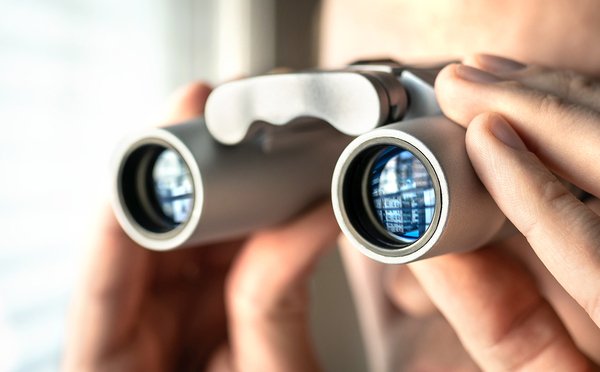You can’t predict the future, but you can look at the road ahead. Nobody can see the future completely, yet the desire to do so is so strong billions consult with everything from tarot cards to complex algorithmic simulations every day. However, you don’t need any of these to consider possible outcomes and rank them by likelihood. This practice is called strategic foresight, and developing it is key to any innovative mindset.
Thinking About The Future
The key difference between strategic foresight and other types of predictions such as trend-watching is that it’s both functional and operational. Good strategic foresight offers a series of actions to take that anticipate likely outcomes, while also leaving room to shift course as new information becomes available.
It’s also different from strategic vision. A common example of strategic vision is, for example, reducing your company’s carbon emissions by a certain date. Strategic foresight would be anticipating the likely results of this, such as, for example, the need for the wind farm and solar fields that will provide this carbon-free energy to be upgraded or replaced or the issue of supply chain emissions.
Strategic Foresight and Innovation
Where strategic foresight aligns with innovation is in offering guidance and goals. An innovation strategy is most effective when it has direction, and this is often provided by strategic vision. Foresight gives you more approaches and challenges to direct innovation efforts.
Continuing with the emissions example, you might break it down into several challenges that will inevitably arise. Emissions have three “scopes”: Scope 1 emissions are emissions from assets you own and control. Scope 2 emissions are emissions from power sources that you draw from to run your operations. Scope 3 emissions are those from your suppliers and vendors, ranging from the company stocking your vending machines to the supplier of your most important parts.

This gives you three paths to innovate, and as you approach each, think through possible outcomes. Take Scope 2 emissions. To mitigate these, you might need to become your own power supplier. What will be the possible consequences of this for your business? Will there be wider social or political implications? Will you need to work with new stakeholders to properly mitigate these consequences? Are there partnerships you can pursue inside or outside your industry? What do you already know, and what will you need to learn?
Looking Forward
Strategic foresight is always worth applying, but it’s particularly important when the landscape of your industry changes, or you’ve completed a step toward your larger goal in your innovation strategy. One of the core rules of innovation is that any change will have unexpected effects, so stopping and taking stock of where you are and the likely path ahead should come at various points in the process.
It should also be applied whenever changes arrive in your industry. What you define as changes that need you to pull up and look at the path ahead will vary from industry to industry, and you should temper it with some consideration of how far you are down a certain path.
Finally, don’t mistake it for a bulletproof prediction. Every industry will be upended by events inside and outside of it. You can’t anticipate everything, so don’t try. Instead, ensure that you’ve taken stock of the ground ahead, so if an earthquake arrives, you’ll know where you are after it passes.
Most Recent Posts
Explore the latest innovation insights and trends with our recent blog posts.













